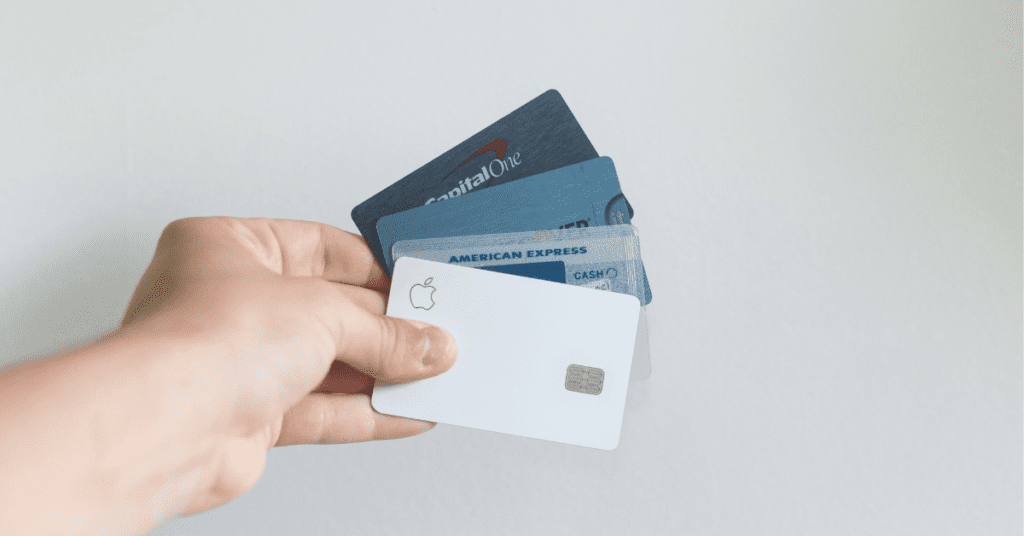

Personal Finance Mastery in 2025: The Ultimate Guide to Financial Success
Introduction: Why Financial Management Matters More Than Ever
As we enter 2025, managing personal finances has become necessary in navigating an evolving economic landscape. Rising living costs, fluctuating inflation rates, and increasing financial responsibilities demand a proactive approach to securing financial well-being.
By achieving Personal Finance Mastery empowers you not only to survive but thrive. Whether you’re looking to save for future milestones, invest wisely, or eliminate debt, establishing strong financial habits is the first step toward long-term security and independence.
This guide will outline actionable steps to help you optimize your spending, increase your savings, and work toward your financial aspirations.
1. The Foundation of Financial Stability
Understanding the importance of managing your finances is the first step toward taking charge of your financial future. Without a clear strategy, it’s easy to overspend, accumulate debt, or miss opportunities for growth.
In 2025, financial literacy is more crucial than ever. By mastering the basics—setting budgets, creating savings plans, and understanding investments—you can make informed decisions that pave the way for financial stability and freedom.
Key Takeaway: Gaining control over your financial habits helps you navigate uncertainties while building a foundation for future success.
2. Setting Clear Financial Goals
Establishing specific and actionable financial objectives is essential to create a roadmap for your future. Well-defined goals act as a compass, ensuring every decision aligns with your desired outcomes.
To set effective goals, use the following framework:
- Specificity: Know exactly what you want to achieve.
- Measurability: Quantify your goals for easy tracking (e.g., save $8,000 by December).
- Realism: Ensure your targets are attainable based on your current financial situation.
- Relevance: Align goals with your long-term vision.
- Timeliness: Set deadlines to maintain accountability.
Examples of goals for 2025 could include saving for a down payment, building an emergency fund, or paying off loans.
Key Takeaway: Financial goals give structure and purpose to your plans, helping you stay focused and disciplined.
3. Crafting a Budget That Works
A well-thought-out budget is an invaluable tool for tracking your income and spending. It helps you identify areas to cut back and reallocate resources to meet your priorities.
Steps to create a personalized budget:
- Calculate Income: Account for all sources, such as salaries, bonuses, or side earnings.
- Categorize Expenses: Break expenses into fixed (rent, bills) and variable (entertainment, dining).
- Set Limits: Define spending caps for each category based on priorities.
- Leverage Technology: Use budgeting apps like Mint or YNAB for automated tracking and insights.
Adjust your budget as circumstances change to ensure it remains effective.
Key Takeaway: A budget provides clarity and control over your finances, making it easier to achieve your objectives.
4. Building a Financial Cushion
An emergency fund is a vital safety net that shields you from unexpected expenses, such as medical emergencies or car repairs. Establishing this fund should be a top priority in 2025 to reduce financial stress.
Steps to create your emergency fund:
- Set a Target Amount: Aim for savings equal to 3–6 months of essential living costs.
- Choose a Savings Vehicle: Use a high-interest savings account for secure growth.
- Automate Contributions: Schedule regular transfers to ensure consistent saving.
- Start Small: Begin with achievable amounts and gradually increase.
Key Takeaway: A strong emergency fund protects you from unforeseen challenges, ensuring peace of mind.
5. Tackling Debt Head-On
Eliminating debt is a crucial part of financial wellness. High-interest liabilities, like credit cards, can drain resources that could otherwise be used for savings or investments.
Effective debt repayment strategies include:
- Snowball Method: Pay off smaller debts first to build momentum.
- Avalanche Method: Focus on higher-interest debts to minimize overall interest payments.
- Debt Consolidation: Combine multiple debts into one lower-interest loan for simplified management.
Key Takeaway: Addressing debt systematically frees up resources, reduces stress, and enables future wealth building.
6. Growing Wealth Through Smart Investments
Investing is one of the most effective ways to grow your financial resources. From stocks to real estate, the opportunities in 2025 are vast, but understanding your options and risk tolerance is critical.
Popular investment avenues include:
- Stock Market: Diversify across individual stocks or funds for long-term growth.
- Real Estate: Generate rental income or capitalize on property appreciation.
- Retirement Funds: Maximize tax benefits by contributing to retirement accounts.
- Cryptocurrency: Explore this high-risk, high-reward market with caution.
Always research before committing and maintain a balanced portfolio to spread risk.
Key Takeaway: Investing allows your money to grow over time, helping you achieve significant financial milestones.
7. Periodic Financial Check-Ins
Regularly reviewing your finances ensures that you stay aligned with your goals. This process helps identify areas for improvement and provides an opportunity to celebrate progress.
Set aside time every quarter to evaluate your budget, savings, and investments. Adjust as necessary to adapt to changes in income or expenses.
Key Takeaway: Frequent financial reviews keep you on track and enable timely adjustments to achieve better results.
Conclusion
Successfully managing personal finances in 2025 requires consistency, informed planning, and regular reflection. By setting meaningful goals, adhering to a budget, building a safety net, addressing debt, and investing wisely, you can take control of your financial future. Start small but stay committed—every step brings you closer to financial freedom.


Hasnain Aslam is a seasoned finance blogger and digital marketing strategist with a strong expertise in SEO, content marketing, and business growth strategies. With years of experience helping entrepreneurs and businesses boost their online presence and maximize organic traffic, he specializes in crafting high-impact content that ranks on search engines and drives real results. His insights empower professionals to build sustainable digital success through strategic marketing and innovative SEO techniques.


